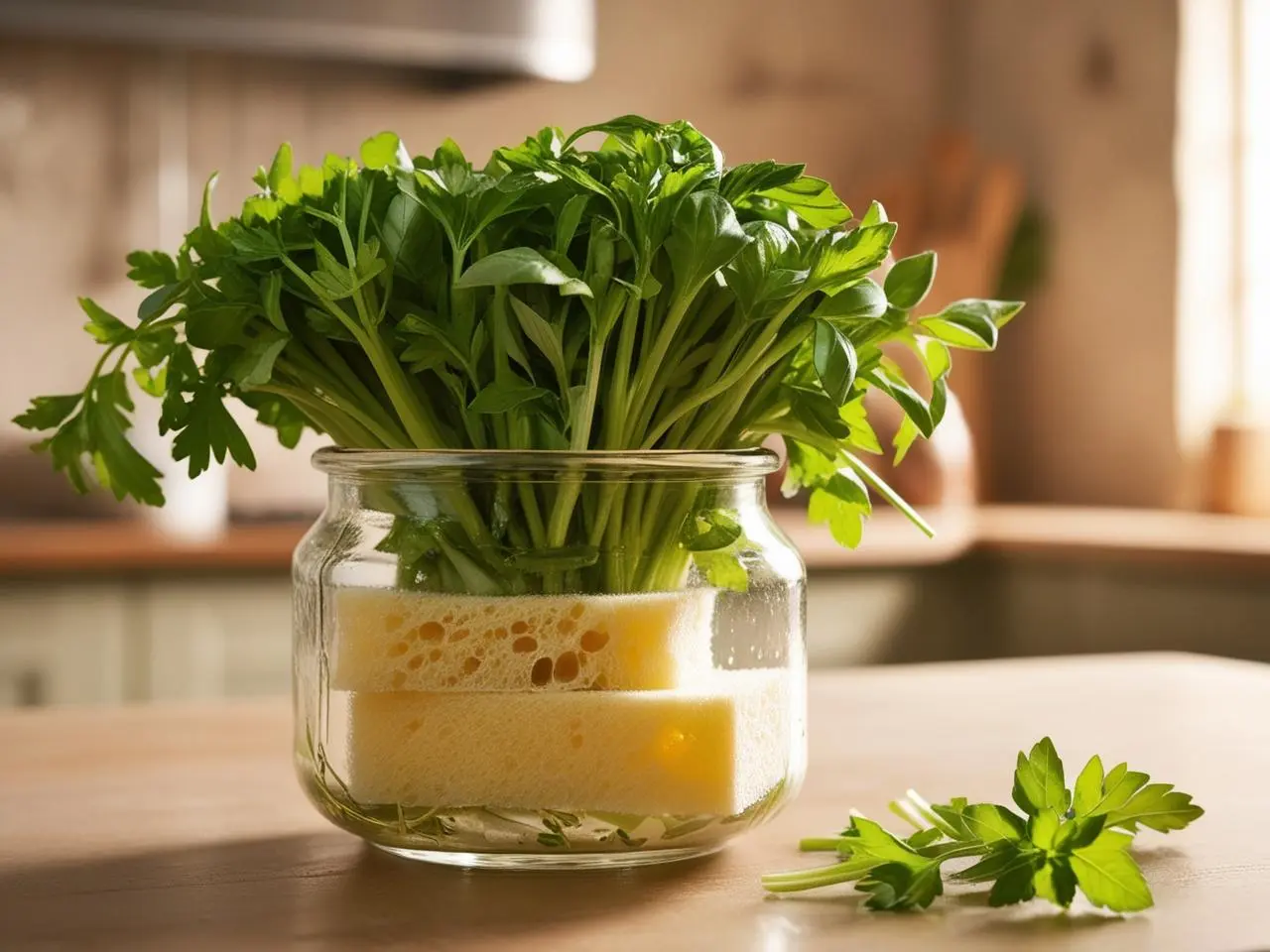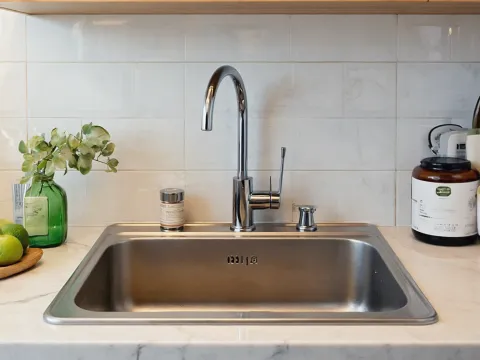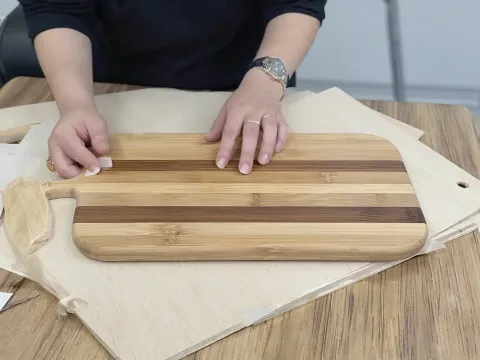Published on May 20, 2025
Last updated: May 20, 2025 · ⏱ 3 min read
This Sponge Hack Will Save Your Herbs from Going Slimy

The Importance of Fresh Herbs in Cooking
Fresh herbs can truly transform a dish, adding layers of flavor and complexity that dried herbs simply can't replicate. Whether you’re preparing a vibrant salad, a savory sauce, or a hearty stew, the addition of fresh herbs can elevate your culinary creations. However, one common frustration many home cooks face is how quickly fresh herbs can wilt and lose their flavor. Understanding how to properly store and maintain the freshness of herbs can greatly enhance your cooking experience.
Common Problems with Storing Fresh Herbs
Many people purchase fresh herbs only to find them wilting and unusable within a few days. Factors like moisture, temperature, and exposure to air can all contribute to the deterioration of herbs. The delicate leaves of herbs like basil, cilantro, and parsley are particularly susceptible to moisture and can quickly develop slimy textures if not stored properly. This often leads to wasted ingredients and frustration in the kitchen.
Why Do Fresh Herbs Wilt?
The process of wilting in fresh herbs is largely due to the loss of water content. Herbs contain a high percentage of water, and when they are cut from their roots, they no longer receive the moisture they need to remain fresh. Additionally, exposure to air can cause them to dry out rapidly. The combination of these factors can turn vibrant, aromatic herbs into limp, unappealing foliage in no time.
Introducing the Kitchen Sponge Method
One effective way to combat the wilting of fresh herbs is by utilizing a simple kitchen sponge method. This technique involves using a damp sponge to create a microenvironment that retains moisture while allowing for adequate airflow. By following this method, you can extend the lifespan of your fresh herbs significantly, ensuring that they remain usable for longer periods.
How to Implement the Kitchen Sponge Method
To start using the kitchen sponge method, gather the following materials: a clean kitchen sponge, a plastic bag or container, and your fresh herbs. Here’s a step-by-step guide on how to implement this method:
- Step 1: Begin by rinsing your fresh herbs under cold water to remove any dirt or debris. Pat them dry gently with a paper towel.
- Step 2: Take a clean kitchen sponge and soak it in water. Wring it out until it's damp but not dripping wet.
- Step 3: Place the damp sponge at the bottom of a plastic bag or container.
- Step 4: Add your fresh herbs on top of the sponge. Make sure they are not tightly packed, as this can lead to bruising.
- Step 5: Seal the bag or container, leaving a small opening for air circulation. Store it in the refrigerator.
By following these steps, you create an ideal environment for your herbs, helping to keep them fresh and vibrant for an extended period.
Benefits of the Kitchen Sponge Method
The kitchen sponge method offers several benefits that go beyond just keeping herbs fresh. Here are a few advantages:
- Extended freshness: Using a damp sponge creates a humid environment that slows down the wilting process, allowing your herbs to stay fresh for longer.
- Reduced waste: By prolonging the shelf life of your herbs, you reduce the likelihood of throwing away spoiled ingredients, saving you money and reducing food waste.
- Improved flavor: Fresh herbs retain their flavor and aroma when stored properly, enhancing the taste of your dishes.
Additional Tips for Storing Fresh Herbs
While the kitchen sponge method is effective, there are additional strategies you can employ to keep your fresh herbs in pristine condition:
- Use water: For herbs like basil and mint, consider placing the stems in a jar of water, similar to how you would store flowers. Cover the leaves loosely with a plastic bag to maintain humidity.
- Freezing: If you have an abundance of herbs, consider freezing them. Chop the herbs and mix them with olive oil in an ice cube tray. Once frozen, transfer the cubes to a freezer bag for easy use in future recipes.
- Drying: Another option is to dry your herbs. While this changes their texture and flavor, it can be an excellent way to preserve herbs that you can’t use right away.
Choosing the Right Herbs for Your Kitchen
When it comes to selecting fresh herbs for your kitchen, consider your cooking habits and preferences. Some popular herbs include:
- Basil: A staple in Italian cuisine, its fragrant leaves add depth to sauces, salads, and pizzas.
- Cilantro: Commonly used in Mexican and Asian dishes, cilantro brings a refreshing flavor to salsas and curries.
- Parsley: This versatile herb can be used in a variety of dishes, from garnishing soups to enhancing salads.
By choosing a variety of herbs, you can expand your culinary repertoire and create dishes that are bursting with flavor.
Conclusion
Fresh herbs are an essential component of flavorful cooking. By utilizing the kitchen sponge trick for regrowing herbs, you not only extend the life of your grocery store purchases but also enjoy a sustainable and cost-effective way to keep your kitchen stocked with greenery. This simple method allows you to have fresh herbs at your fingertips, ready to enhance your meals at any moment.
Whether you're growing basil, cilantro, or mint, watching your herbs flourish from humble beginnings is both satisfying and practical. Embrace this easy gardening hack and enjoy the ongoing benefits of fresh, homegrown flavor in your everyday dishes.
FAQs

Written by Soufyan from GrowToGrub
Soufyan is a gardening educator and founder of GrowToGrub. Through simple guides, easy recipes, and practical life hacks, he helps everyday growers turn small spaces into sustainable, delicious, and chemical-free living.


